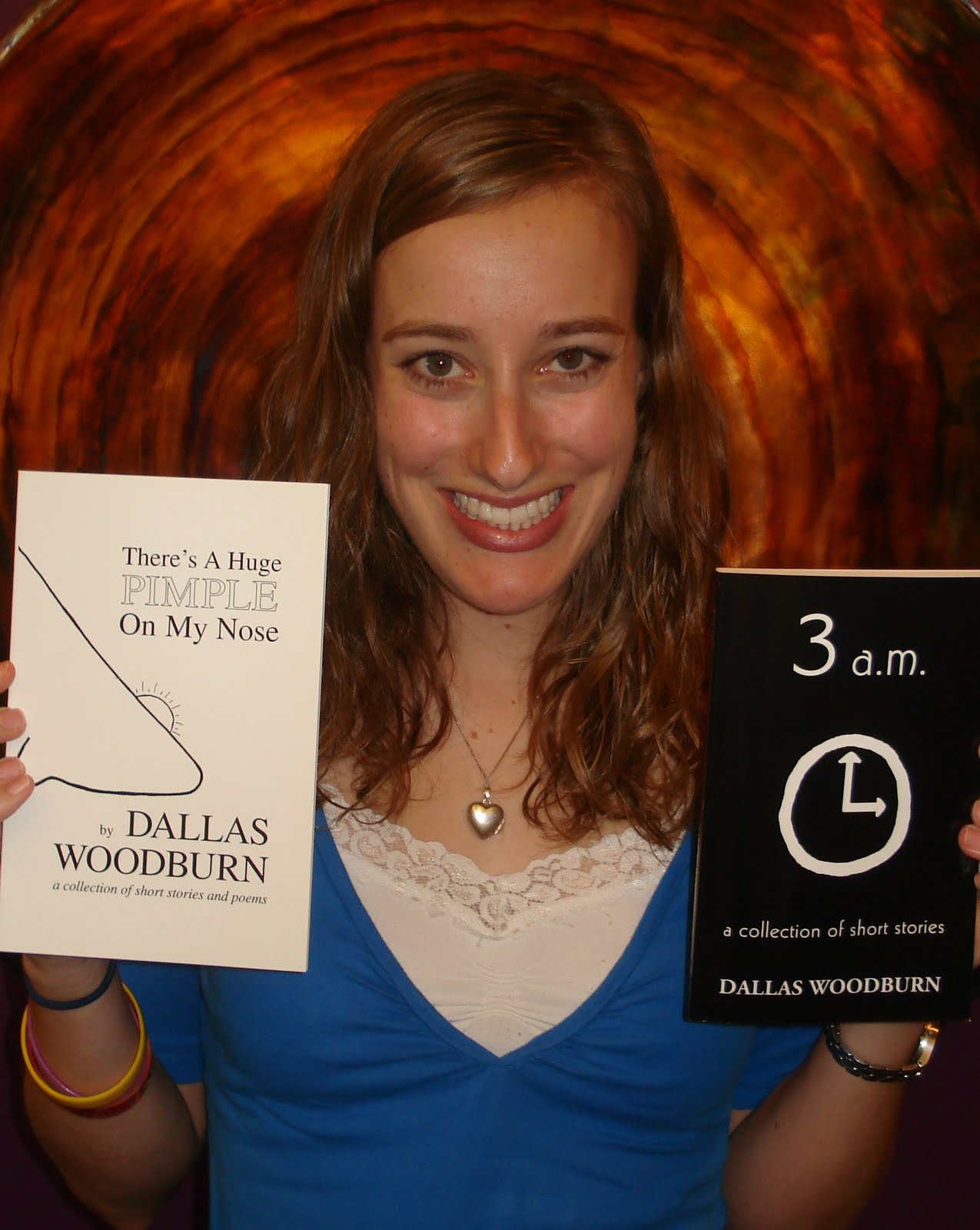Finding People: Writing Characters That Feel Real
by Holli Dawson
Sometimes when you start a new story or writing project, the actual story starts to emerge as fully realized and solid, but the people inhabiting your imaginary world are somehow not quite as clear. Reading a novel with poor characterization is like ordering an ice cream sundae and only getting a scoop of ice cream and a banana on the side, without all the other ingredients that make it taste special. Imagine if Charles Dickens had left out any description or characteristics of Oliver in Oliver Twist. Would anyone have cared about his story or the book in general? What if Dorothy Gale had been written as some rather average girl with no discernable personality? Would we still be fascinated with The Wizard of Oz, and all the books in L. Frank Baum’s series?
Without interesting characters, a short story or book can feel unfinished and unsatisfying. Writing strong characters is vital to creating a great story. So, what do you when you are stuck? Below are some quick and easy suggestions to help you create three-dimensional people on two-dimensional paper.
1. Buy a Notebook and Carry It With You… Everywhere
If you love writing, you may already do this. However, set aside a few pages of your notebook for notes about people. On these special pages, instead of jotting ideas for your next series of short stories, or lines from poems that pop into your head, plan to write about what you see around you. Particularly the people you see around you. You can even draw sketches of them to jog your memory later.
2. Go to “The Source”
What’s “The Source”, you ask? “The Source” is any place where lots of people gather. Find a mall and sit in the food court. Go to your local community, fitness, or religious center and watch the people pass. Make notes about what you see, paying particular attention to those habits or actions that make each person unique. Maybe you see a child on the merry-go-round at the playground who giggles uncontrollably on the swing set, or a man at the truck rental counter who licks the end of his pen every time he is about to sign something. Look for the little things that make the people around you individuals.
3. Observe, Write, Repeat
When possible, go back to the same places, around the same time, each week. You may get lucky and see some of the same people. Seeing a person buy the newspaper at the same stand four or five times in a row makes it possible to notice little things like how they fold their money, or what they do with their coffee while they are trying to juggle their change, the paper, and the hot cup. Observe, write, and then go back and do it again.
4. Mix It Up
Once you have a couple of pages of observations, cut up the pages and drop the pieces on the floor face down. Mix them up and then turn a few over. Look at the combinations of habits and traits that you have selected. Maybe you chose “always wears baggy clothes”, “only eats apples”, and “buys two copies of the newspaper each morning.” These are all characteristics that can be added to the people who inhabit your story, and if used properly, can also inform and affect the action of your tale as well.
5. Remember Who You Are Observing
Remember, these are real people you are observing, so try to remain objective in your observations and simply observe rather than judge. Even if you see someone very interesting, do not simply recreate the person on paper. It is very disturbing to recognize yourself in someone else’s writing. Mix up your observations and create new people, rather than simply “borrowing” the personality of someone you observe. The more creative you are in the development of your characters, the more successful your story.








2 comments:
Great guest post!
Thanks Susanne! :) Yes, Holli gives wonderful advice!
Post a Comment